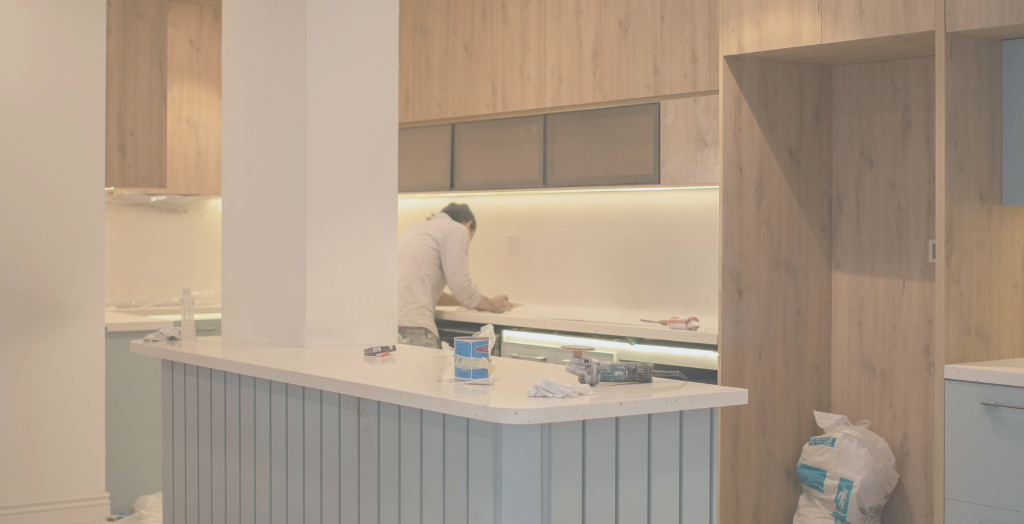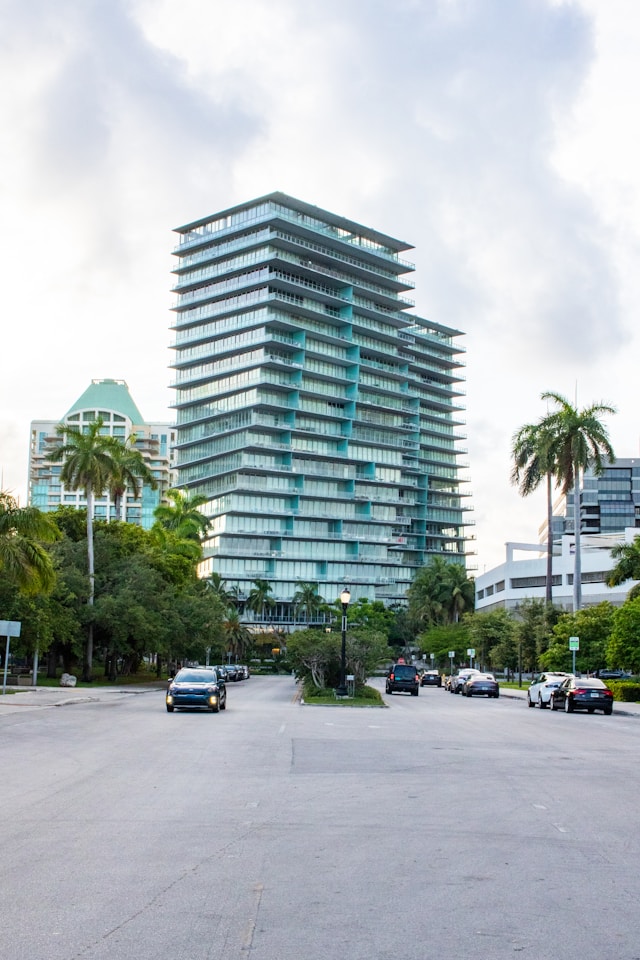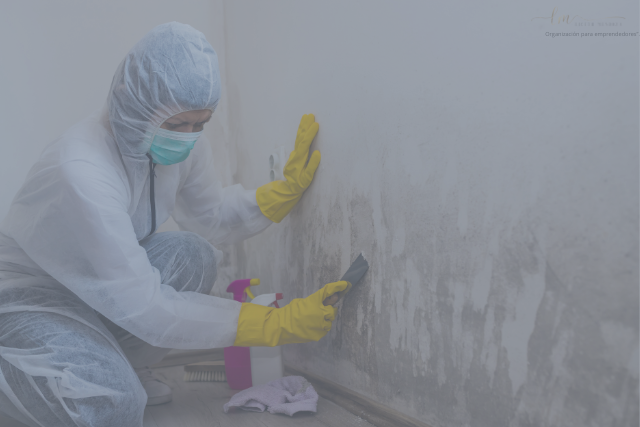How post-construction shortcuts lead to mold problems behind walls
Mold after renovation is a problem few property managers anticipate—until tenants start complaining. For example, fresh paint, new floors, or remodeled kitchens often hide water damage that contractors failed to address correctly. And once sealed in, that moisture becomes the perfect environment for mold growth.
In many cases, contractors complete cosmetic renovations too quickly—often skipping the moisture treatment that should come first. Consequently, we’ve inspected dozens of units where hidden mold developed soon after.
The result? Mold behind walls, under new flooring, or inside cabinets—weeks or months after the project ended.
Mold After Renovation: How Hidden Moisture Creates Bigger Problems
- Leaks sealed without drying the structure first
- Walls painted over damp drywall
- Cabinets installed over untreated water stains
- HVAC systems disturbed, spreading spores through vents
- Materials reused without mold testing
These are all real scenarios we’ve found in buildings across Florida.
During one recent inspection, a property manager contacted us just three weeks after a bathroom remodel. Although the smell was faint, our team detected mold behind the drywall vanity. The cause?
A pipe had leaked and the contractor patched it; however, they sealed the wall without drying the area or performing proper mold clearance.
Legal and Structural Consequences of Overlooking Mold
According to InterNACHI, failing to inspect for mold during or after a renovation can lead to:
- Tenant health complaints
- Insurance denial of claims
- Structural degradation over time
- Lawsuits for negligence
Even well-intentioned renovations can turn into liability traps when contractors fail to manage moisture properly.
The Solution: Post-Renovation Mold Inspections
At SpotMold, we specialize in detecting mold in recently renovated units.
Our inspectors check what most others miss: hidden mold behind walls, under floors, and inside ventilation systems:
- Behind walls
- Under floors
- Inside cabinetry
- In ventilation and ductwork
We offer visual evaluations, certified lab testing, and clear reports to guide repairs and prevent bigger issues.
Learn more about our mold inspection services.
Your building may look fine after a renovation, especially if the damage was superficial. However, if there was a water issue involved, schedule a mold inspection to ensure it’s truly safe.



